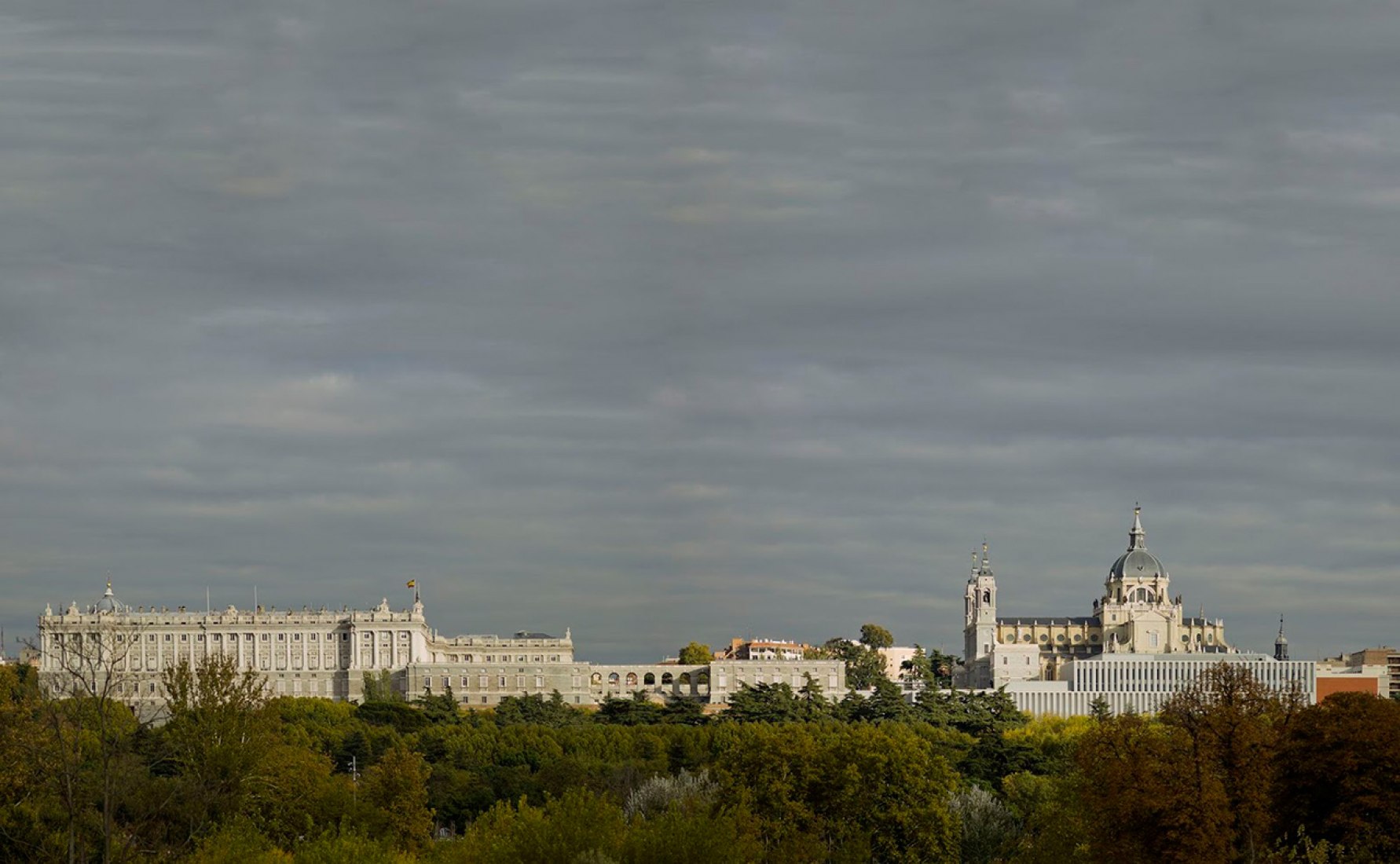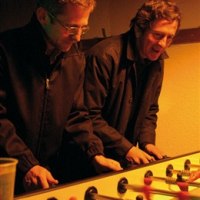Royal Collections Gallery. Final of the Works, the beginning of the layout of Works
05/01/2016.
Palacio Real [Madrid] Spain
metalocus, INÉS LALUETA
metalocus, INÉS LALUETA






The building of the Museum of Royal Collections, which was designed by the architects Emilio Tuñón Alvarez and Luis Moreno Garcia-Mansilla, is completely built. The total budget of the work has finally been of 139.7 million euros, with savings of 18.9 million euros compared to the initial project. The final cost of the entire project (work and museum, complete equipment stores and public areas, restoration campaign and artworks transfers) is estimated at 171.5 million euros, a decrease of at least 29.2 million euros in relation to the cost originally planned.
The opening of the Museum, with processing times of the dossier and the process of museology layout, is planned in the second half of 2017.
It is a building of 40,000 m² on a total of 14 floors (7 in front of the Campo del Moro and 14 in the East facade, next to the Cathedral), harboring showrooms of 103 meters long and 16 meters wide with heights ranging from 6 until 8 meters, 6 department stores, reception of works of art, public reception areas, offices, and spaces for technical rooms and facilities.
From an urban perspective, the project is based on two fundamental principles: on the one hand, the Royal Collections Museum should be part of the natural/artificial landscape of Madrid’s western edge, and on the other, it is necessary to maintain the open public nature of La Almunena Square and preserve views of the parks and gardens beneath the western lip of the city. The Museum, in its linear structure becomes an inhabited retaining wall, thus reducing the objective (physical) and subjective (collective subconscious) impact on the monumental plinth of the Royal Palace.
The aim is to produce a building that is invisible from La Almudena Square by occupying the space underground. The Royal Collections Museum completes the plinth of the Royal Palace, constructing a linear space that follows the lines of the Palace itself. A simple and compact building, a construction that is aware that maximum flexibility and potential are only possible within a strict order. It uses the materials of the Royal Palace and its dignified construction as a feature, with a modern layout, heavy yet light, opaque yet transparent.
The three exhibition levels –again equal yet different- hold three differentiated collections: tapestries, paintings and carriages. Each space is organised like a warehouse measuring one hundred and fifty by twenty metres, flanked by the remains of the Arab wall to the east and a monumental lattice composed of massive granite pillars to the west, opening to views above the Campo del Moro Royal Gardens.
The views across the gardens happen in the space between the structural elements, just like the pillars are matter between voids. The space is the rhythm of the beams, and the installations are the interface between the elements that hold the building up. Structure, illumination, views, space, and infrastructure all have blurred edges and exchanged attributes. The Royal Collections Museum is a plinth for the Palace from the outside; a frame for views of the gardens and the interior features from the inside. The most important things already exist; our job is to make them visible.
In 1992 Emilio Tuñón Álvarez (1958) and Luis M. Mansilla (1959) founded the firm MANSILLA + TUÑÓN ARQUITECTOS, awarded with the MIES VAN DER ROHE PRIZE 2007 (Prize for Contemporary Architecture of the European Union), National Prize for Spanish Architecture 2003, FAD Prize 2001.
Emilio Tuñón and Luis M. Mansilla are titular professors of the Department of Architectural Projects in Madrid. They have been professors in a number of universities, among which are the Graduate School of Design in Harvard, Ecole Polytechnique Fédérale in Lausanne, the New School of Architecture in Puerto Rico and the Städelschule in Frankfurt. They are currently giving clases in the School of Architecture of Princeton University.
In 1993 they founded the cooperative of thought CIRCO, coming out with a publication under the same title, and which has been awarded with the FAD Special Prize 2007, the prize for the III Iberoamerican Bienal for Architecture and Engineering 2002 and the C.O.A.M. Prize 2005.
Mansilla + Tuñón were awarded the following commissions: Institucional Building for the City of the Environment in Soria (2008), Madrid Internacional Convention Center (2007), Helga de Alvear Foundation Art Center in Cáceres (2005), Lalín Town Hall (2004), Master Plan of the area of Valbuena in Logroño (2003), Library on Artists Street in Madrid (2003), Cantabria Museum (2002). Royal Collections Museum (2002), Sanfermines Museum (200l), Brescia Contemporary Cultural Center of (2000), Castellón Fine Arts Museum (1998), City of León Auditorium (1996), Cultural Center of Madrid in the old El Águila warehouse (1995).






